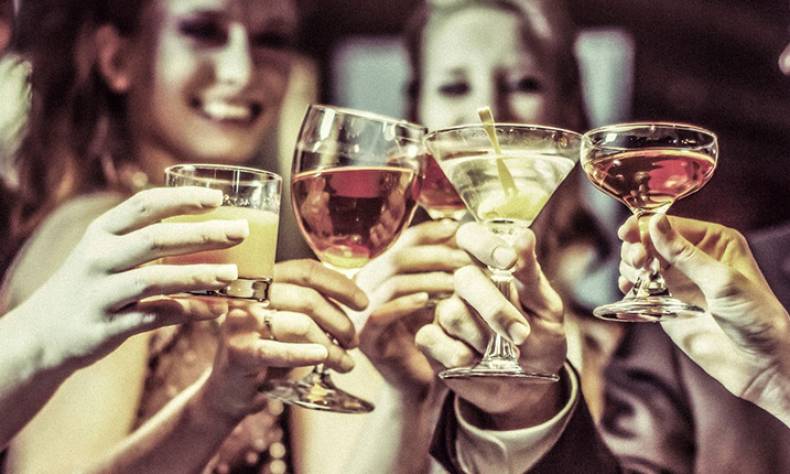
Evil Spirits
“Everything here is poisonous. The air, the water – even the food is poisonous,” an elderly rickshaw driver complains gruffly, whilst sitting in his vehicle parked by Beijing’s Houhai lake.
Unfortunately, this LaoBeijinger has missed one lethal item from his list of toxic hazards: fake alcohol.
Bogus booze has developed into an endemic problem across China. In fact, The Guardian notes that “Brown-Forman, the company that makes Jack Daniel’s, estimates that around 30% of all alcohol in China is fake.” Similarly, the World Health Organization’s Global Status Report reports that that China’s per capita counterfeit liquor consumption stood at 8.8 litres in 2012.
Over the past three years, there has been a series of crackdowns by the Chinese police on rings dealing in the illicit activity. Each bust unmasks a dramatic insight into the sheer magnitude of the fake alcohol business. A bust in December 2012 discovered 37,000 bottles of counterfeit booze–all apparently intended to be sold at Sanlitun, Beijing’s infamous nightlife district. Despite these efforts by the police, there remains concern that China’s fake alcohol problem will not run dry anytime soon.
In China, most counterfeit alcohol comes in two forms. The first is cheap liquor which is sneakily poured into the bottles of high-end, well known brands and then passed off as the real deal. The second version is even more harrowing: the so-called ‘Frankenstein’ home-made potions which typically contain dodgy ingredients like ethylene glycol (anti-freeze), methanol and isopropyl- also known as rubbing alcohol. This literal recipe for disaster is far more dangerous than the former version of fake alcohol as its noxious contents can lead to a range of nasty side effects far worse than just a killer hangover : blindness, problems in the heart and kidneys, and even death.
Nonetheless, too many of us appear either blissfully unaware or totally unbothered by the dangers of bogus booze. You just have to head to the Sanlitun bar street on a Saturday night, where you can rest assured that several of it venues are buzzing with partygoers, despite their beverages being both suspicious in their extraordinary low pricing and petrol-like flavor.
So many of us would refrain from digging into cheap street food like 2RMB chuanr ( 0.33 USD) – much thanks to the horror stories of rat and cat meat being secretly served up on the kebab sticks. However, why is it that, at the same time, plenty of us would happily sip on a 10rmb moijito ( 1.55 USD), without questioning why the concoction in our cocktail glass is so inexpensive, even though venues across the street would charge six times more for the same drink? Is it all down to ignorance? Or, does the desire to party without having to fork out on good quality booze make us turn a blind eye to these health risks?
Whatever the answer may be, last week may have come a stark reminder of the dangers of drinking counterfeit alcohol. The Shenzhen Daily cited that two foreigners -Damien Douk, a French national, and Sean Van Niekerk from South Africa- both died at the same time and location in the southern Chinese city. According to a friend of Niekerk, the local police suspect the deaths to have resulted from a lethal mix of food and alcohol poisoning.
Although a police investigation into the cause of the deaths is still ongoing, the tragic story serves as a reminder of not only drinking responsibly, but also being wary of the quality what you are actually consuming.
If something tastes a bit off, then chuck it. And if the price of that tipple seems too cheap to be true – well, then, it probably is.
 Facebook
Facebook
 Twitter
Twitter
 Linkedin
Linkedin
 Google +
Google +











Food scandals are everywhere in the world including USA, Japan, Chinese Taipei, etc. Then again, just because those countries/regions have this issue does not make us feel any better. The issue is an alarm and a force to have revolutionary policies, not just an “scandal” for a few are there who are “waiting for” this scandals from China all the time.
I think the ‘scandals’ happening in the Japan and the USA are lot less severe and numerous than those in China : gutter oil used for cooking, toxic milk powder, rat/cat/ fox meat used for chuanr, the 40 year old ‘zombie’ meat, fake rice made out of paper, and, of course, a third of the alcohol is fake.
Just except there is a big problem and find a solution!
accept*